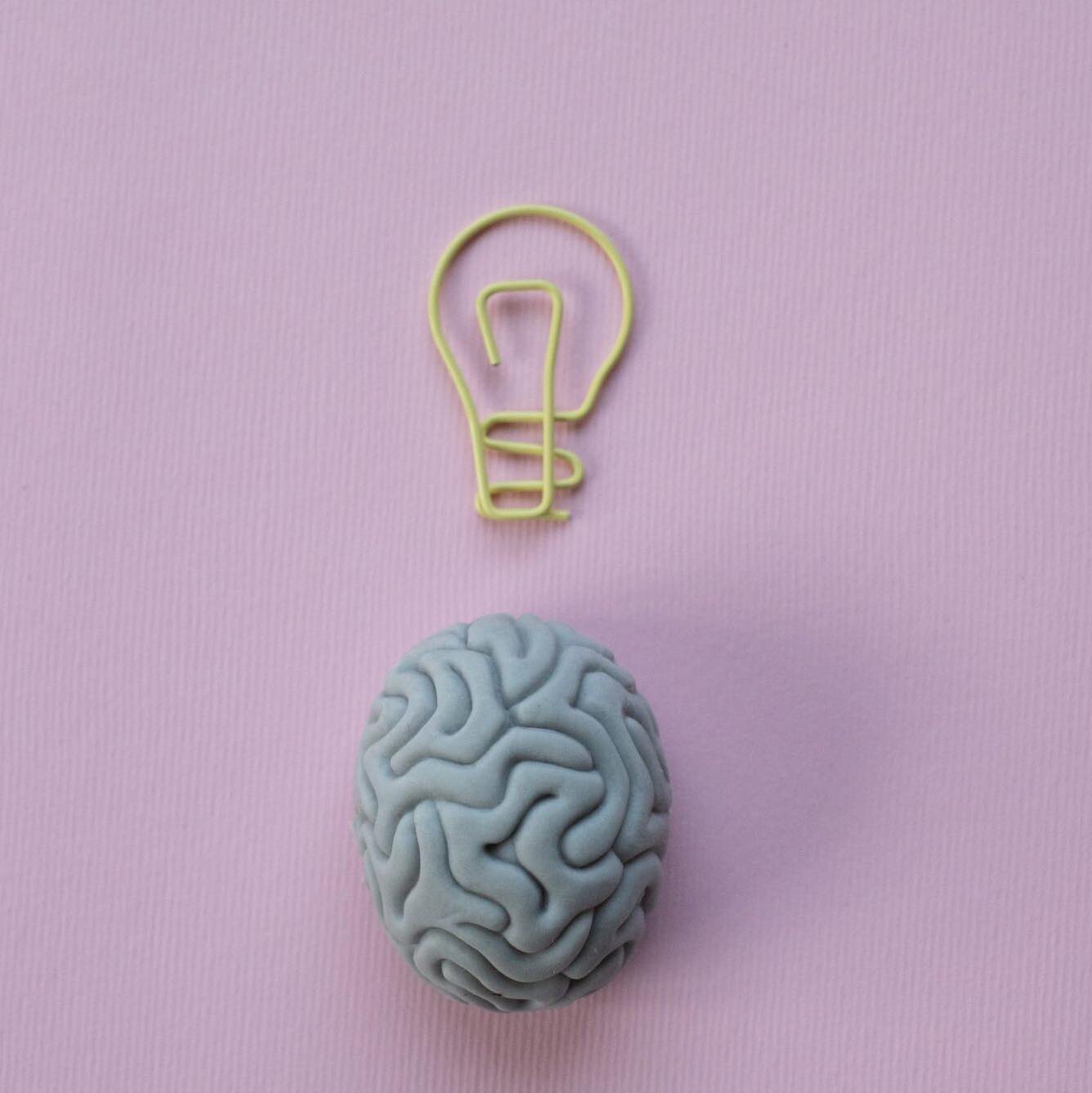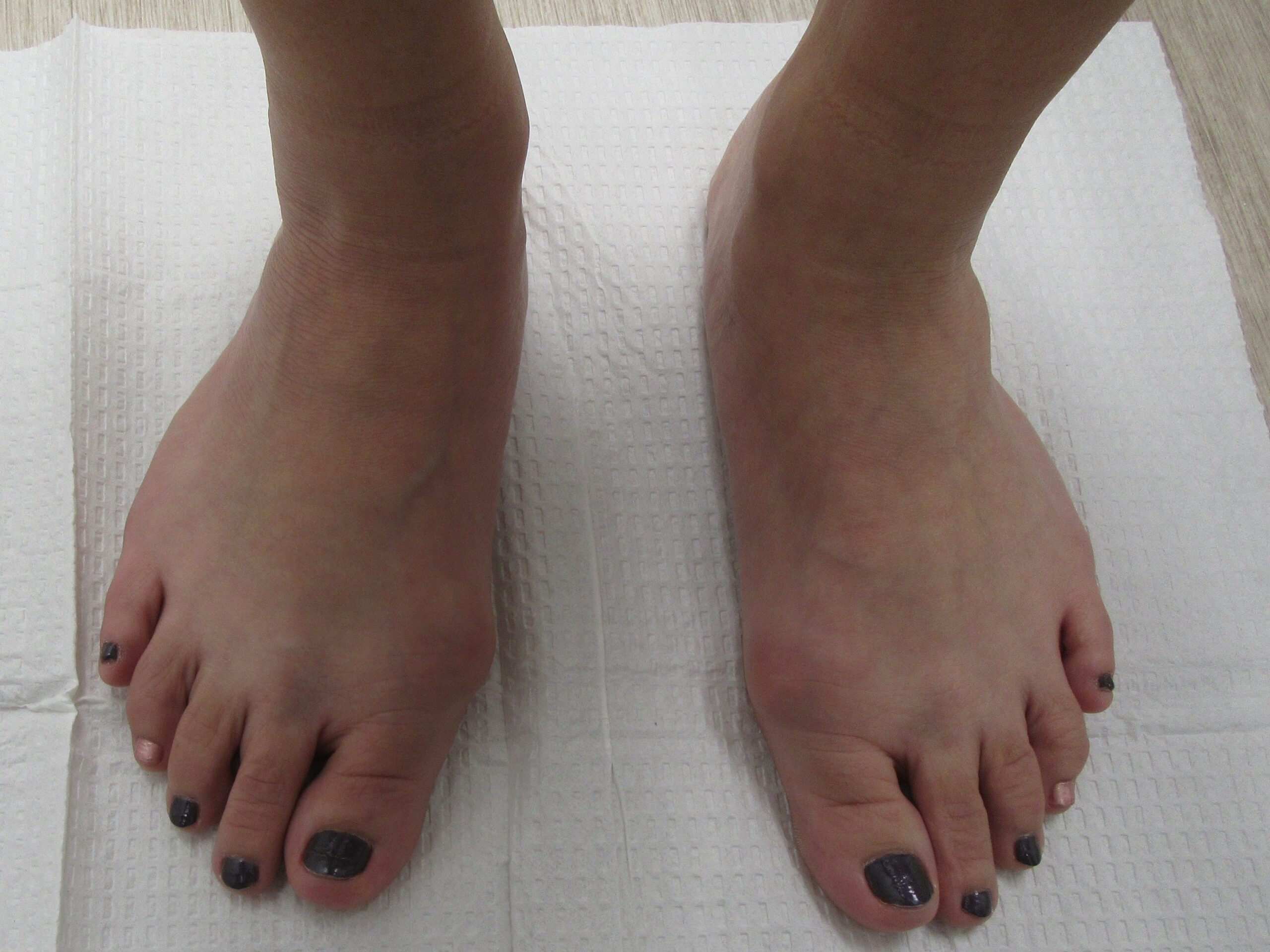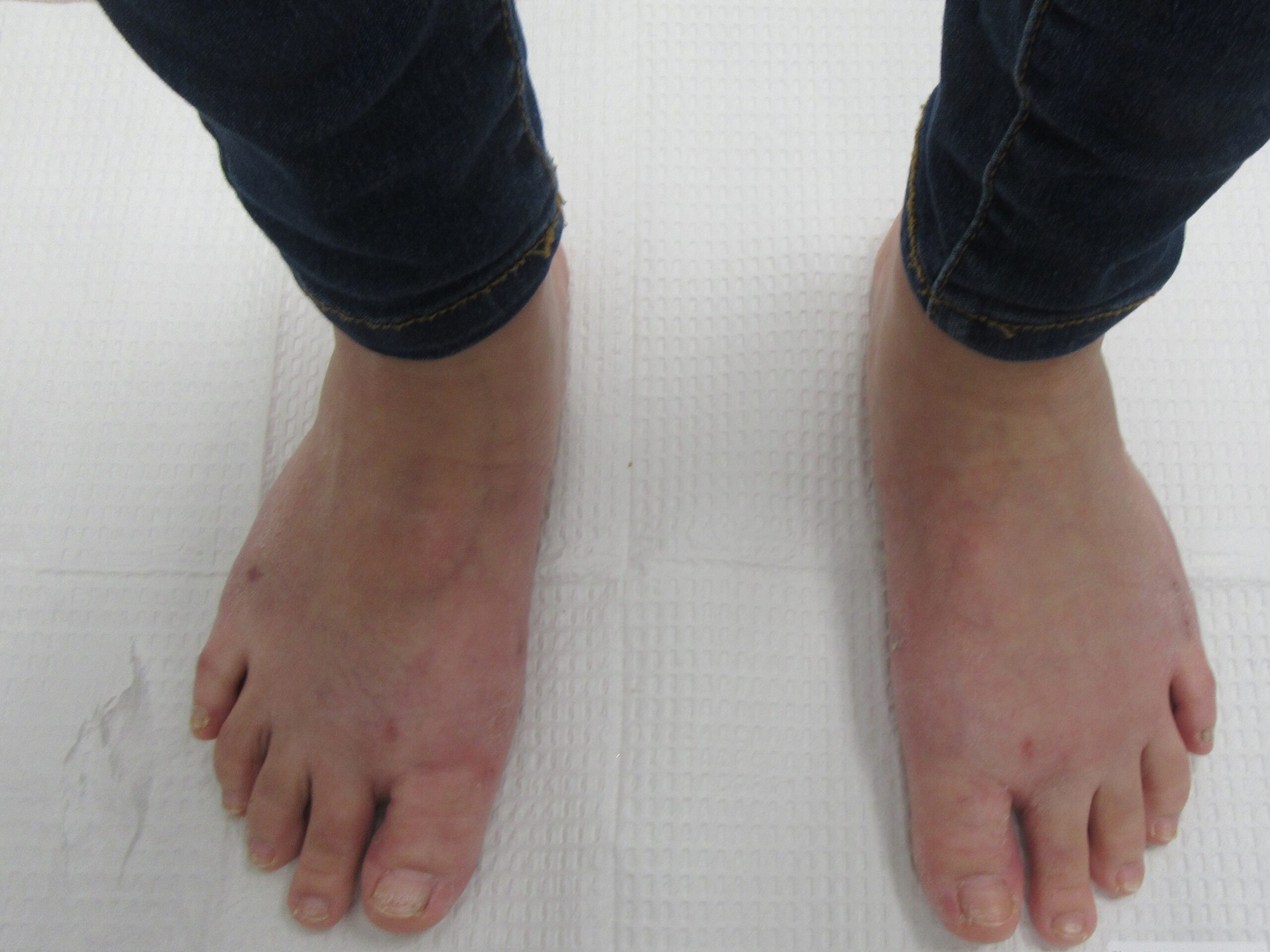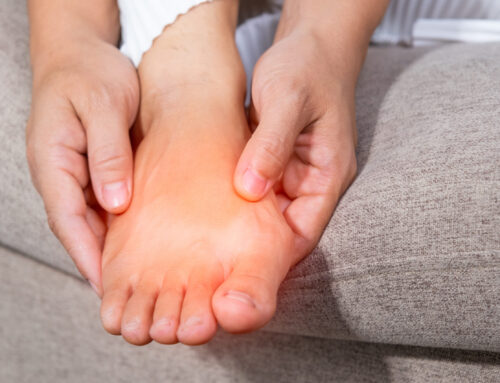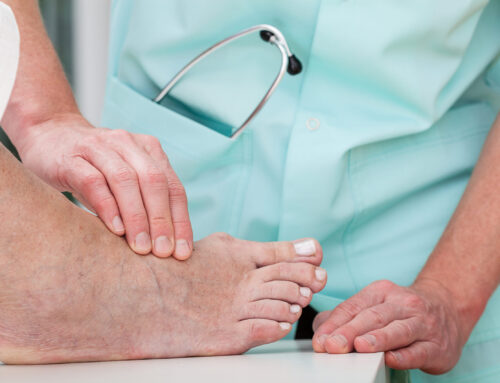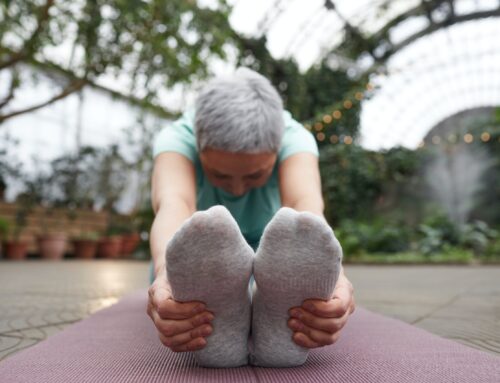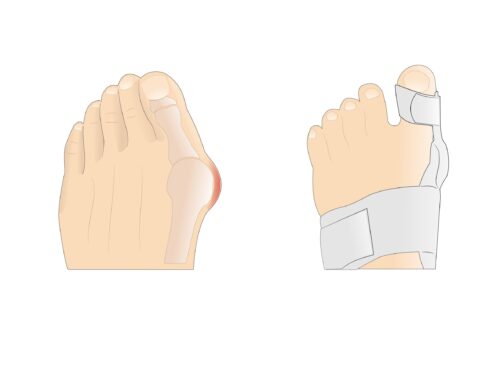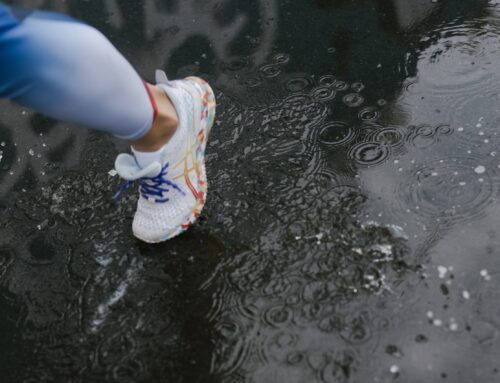What You Need to Know About Bunions
Bunions are bony, lumpy deformities of the joints at the base of the big toe. It shows up as a red bump on the side of the big toe. It comes as a result of an imbalance in the ligaments and muscles of the foot. A bunion forms when your big toe leans inward toward your second toe instead of being straight. The bump you see on your toe is a result of this unnatural angle.
According to studies, more than one in 3 older adults have at least one bunion problem, and although it might not look like something extremely painful, it can seriously slow a person down and produce severe pain. It may even impede your ability to stand or walk.
A bunion may affect a person’s balance and increase the risk of falls in seniors. People with severe bunions experience less satisfaction with their lives in general. Often, they can’t wear the shoes they’d like to wear and they can’t do things they’d like to do.
The bunion occurs at the joint – the exact spot where your toe bends while walking. With a bunion present, your body weight rests on the bunion, which can be very painful. Bunions are very vulnerable to pressure from shoes and they can also lead to the development of calluses.
There are different types of bunions, including tailor’s bunion and arthritic bunion.
Multimedia Bunion Information
Bunion Surgery Options Today Infographic
What Causes Bunions?
Although the exact cause is unknown, there are many theories about why bunions develop. They are thought to have an active inherited component and your choice of footwear might also play a role.
Possible causes of bunion development include:
- Inherited foot type
- Foot injuries
- Uncomfortable footwear
- Deformities present at birth
Several risk factors might increase your odds of developing a bunion:
- Uncomfortable shoes: people who wear tight shoes, or shoes that are too narrow or too pointed might be at higher risk.
- High heels: when you wear high heels, you force your toes into the front of the shoe, which squeezes your toes together and makes you more susceptible to bunions.
- Heredity: Inherited structural foot irregularities might be the cause of a bunion.
- Rheumatoid arthritis: people who suffer from this condition are more susceptible to bunions.
Symptoms of Bunions
There are several signs and symptoms of bunions:
- A bump on the side of your big toe
- The inflamed and red skin on the side of your big toe
- Your big toe visibly turning toward the other toes
- Calluses on your second toe (at the very spot where your toes overlap)
- The thick skin under your big toe
- Pain that may be persistent or it may come and go.
- Difficulties when moving your big toe.
Bunion Diagnosis
Many of the signs are visible ones so in most cases, a doctor can diagnose a bunion through simple visible inspection. During the exam, the doctor usually asks you to move your toe back and forth to inspect any possible limited movement. The doctor might order an X-ray. It gives a thorough insight into the condition of the bones and it can detail the severity of the bunion. Sometimes, a blood test is also necessary to rule out arthritis as a possible cause. Bunion surgery is usually the only long-term fix.
Contact Northwest Surgery Center Colorado to schedule an appointment for a free consultation. Depending on the urgency of your bunion problem, you can schedule a free consultation AND have bunion surgery on the same day!
Before and After Results
Free Consultation. Same Day Surgery.
Book Your Appointment now or call 720-758-6760 to talk with a Northwest Surgery Center team member.
Common Questions About Bunion Surgery
What is an arthritic bunion?
An arthritic bunion is a type of bunion in which the big toe and the foremost metatarsal are straight but an arthritic bone is present, which spurs around the joint and thereby limiting motion, causing a lot of pain during motion and an inability to bend the toe properly.
What is a tailor’s bunion?
A tailor’s bunion takes place at the joint where the little toe bone connects to the foot bone on the external part of your foot.
Why should I treat my bunion?
When a bunion is left untreated, it will move and affect other parts of your feet, legs and back. There is a high probability that a bunion affects the other toes because it pushes them out of alignment.
Toenails may become ingrown, corns and hammer toes might form if a bunion goes untreated.
LinkedIn Profile Link: https://www.linkedin.com/in/jordan-sullivan-501a09141
